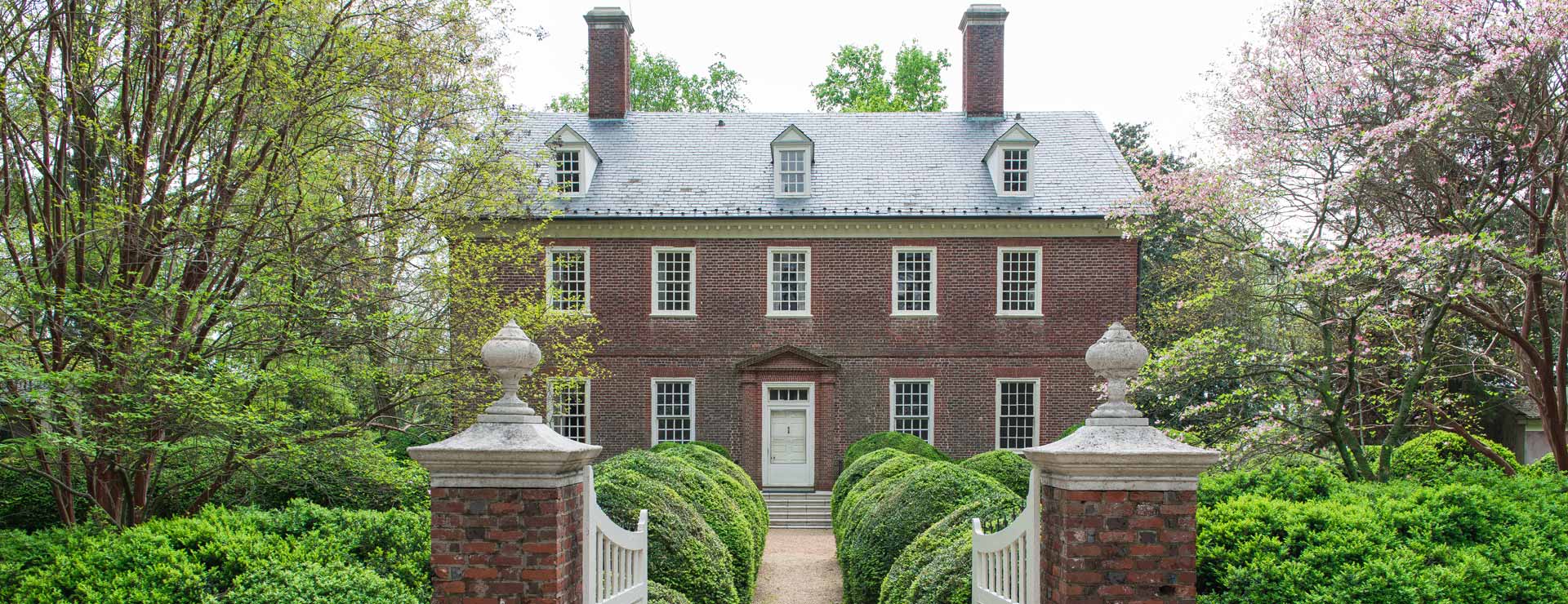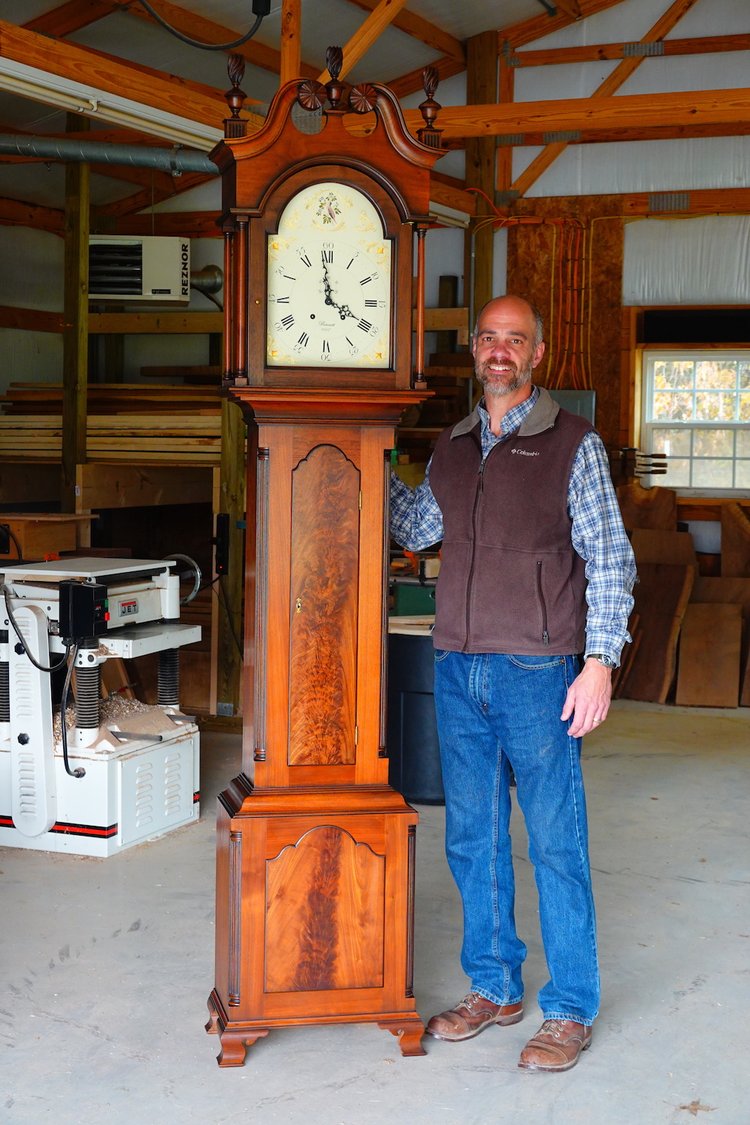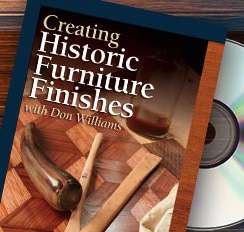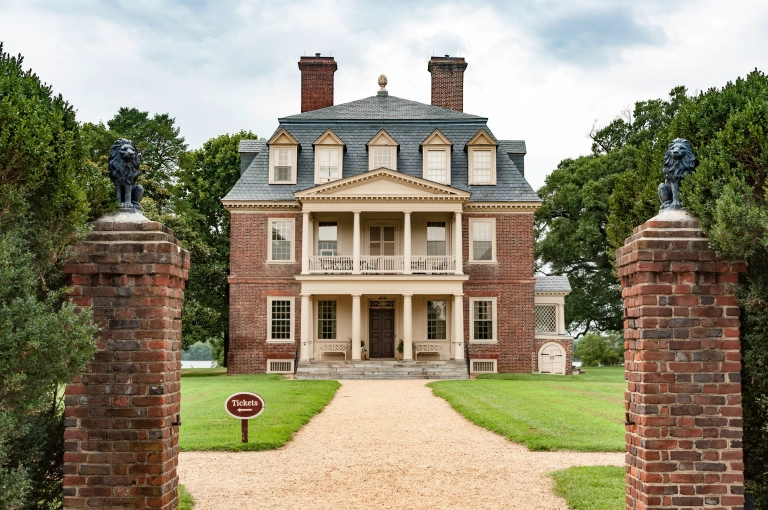
The SAPFM Mid-Year Conference will take place from Friday, 10 October to Monday, 13 October 2025. The schedule includes optional programming on Friday and Monday. The main events will commence on Friday evening with the SAPFM Cartouche Award Banquet, followed by a comprehensive conference weekend. All of the main events will be held in the Williamsburg Lodge.
In addition to the opportunity to connect with both longtime and new acquaintances in a distinctive setting where history remains vibrant, the Mid-Year Conference always features noteworthy presentations. This event promises to be an engaging and informative experience!
The conference is organized by and for SAPFM members. Non-member registration includes a 1-year SAPFM Individual membership (a $75 value).
Schedule of Events - Main Conference:
FRIDAY, OCTOBER 10
SAPFM Cartouche Award Banquet (Evening)
Included in the main program, Friday evening's banquet for SAPFM's Cartouche Award will recognize this year's honoree, Bess Naylor. Ms. Naylor will deliver a brief presentation regarding her work.
SATURDAY, OCTOBER 11 – ROTATION PRESENTATIONS
As in previous years, the comprehensive Saturday schedule will enable participants to attend three 90-minute sessions, each focused on a specific area of interest. These “rotations” consist of small group sessions that facilitate close interaction with the presenters and ample time for questions.
 Mike Mascelli: “Period Upholstery for Modern Makers”
Mike Mascelli: “Period Upholstery for Modern Makers”
This presentation will cover the history of the upholstery trade in England and its migration to the Colonies. It will demonstrate the English style of hand-sewn and hand-tacked upholstery using traditional materials such as linen webbing, coir fiber, and curled horsehair. Various hand stitching techniques, including blind edge stitching and bridle stitching, will be shown through photos and live demonstrations. Additionally, there will be a discussion and demonstration on integrating modern upholstery materials like pre-sewn edge roll, rubberized horsehair, and Dacron to replicate period upholstery treatments in contemporary reproductions.
Jason Bennett: “Advanced Topics in Tall Case Clock Construction”
Building a Tall Case Clock can sure seem like daunting task, so where does one begin? In this session Jason will break down the process into a simple and workable approach beginning with the choice of the dial and clockwork movement. The size and shape of these two elements will be the basis for determining how the many intricate parts relate to each other both stylistically and in terms of joinery. He will explain that there are actually three cases which comprise the complete clock: the base, the waist and the hood, and each of these components have structurally sound joinery for the working parts and also support the many decorative elements for which these clocks are famous, including gooseneck pediments, fluted quarter columns, finials and rosettes. Spread out on the bench these parts might look like a complex jigsaw puzzle, but with some guidance and planning the project can be both and approachable and enjoyable project to undertake.
Ray Journigan: "The Walker & Acme of Perfection Tea Table Fusion Project: Going Further Than a Reproduction"
Making period reproductions is more than just choosing an object in a museum and copying it line for line. More importantly it is about learning and
copying the processes that were used. What were the design influences? What were the techniques used and how were patterns created? Realizing that all these things were based on the available tools, the available lighting and access to materials all played a huge role in how these masterpieces were conceived and executed. Contemporary furniture makers frequently reproduce period furniture without giving a lot of thought to the all-important design phase. Utilizing many of his own examples in his presentation, Ray will encourage today’s craftspeople to develop and exercise their design skills to create “New Reproductions”. Guided by the philosophy that successful furniture reproductions come from reproducing the entire 18th century cabinetmaker’s process rather than just blindly duplicating the furniture piece we can create furniture that did not exist during that time, but if placed in a room full of period pieces, it would fit right in!
To complement the rotations, Bob Van Dyke will deliver a brief session on the history, usage, and construction of the classic ladies’ work table:
Bob Van Dyke: “Ladies work tables: Useful furniture form or just conspicuous consumption?”
Bob Van Dyke, Director of the Connecticut Valley School of Woodworking and Contributing Editor for Fine Woodworking Magazine, has been hooked on Ladies Work Tables for years even though this furniture form is usually considered to be the epitome of conspicuous consumption! The Federal style Ladies work table- frequently called sewing tables, traditionally featured extensive veneer work, complicated bandings and was frequently dressed up with intricate paterae. Whatever way you could subtly show off how rich and successful you were- that was the idea. Later styles featured intricate carvings, tambour slides and elegant silk bags to hold the unfinished embroidery work. In his presentation Bob will outline the history of this furniture form, where they came from, who made them and what they were actually used for (not just sewing!) He will also show examples of how the construction techniques used in these tables varied all over the lot-especially the octagon and oval shaped tables which was often surprisingly simple (even the John & Thomas Seymour tables in Boston) and discuss both the simple and complicated forms.
SUNDAY, OCTOBER 12 – PRESENTATIONS & AFTERNOON TRACKS
We will begin the day with a presentation by this year’s Cartouche award recipient, Bess Naylor. Bess will speak on Pennsylvania Furniture and Line and Berry Decoration.
The rest of Sunday includes:
Choose one of the following afternoon presentations:
Optional Activities
Enhance your weekend with special tours and excursions outside the main conference schedule.
Friday Tours – October 10
 The Friday program is limited to 48 participants and includes a split itinerary between the James River Plantation tour and Colonial Williamsburg’s behind-the-scenes experience.
The Friday program is limited to 48 participants and includes a split itinerary between the James River Plantation tour and Colonial Williamsburg’s behind-the-scenes experience.
Groups of 12 will visit a nearby 18th-century James River Plantation filled with museum-quality American furniture. These tours will be conducted by Ralph Harvard and Luke Beckerdite.
Historic Home Tour Times
- Group 1: 9:00am – 10:45am
- Group 2: 10:45am – 12:45pm
- Group 3: 1:00pm – 3:00pm
- Group 4: 3:00pm – 5:00pm
Colonial Williamsburg staff will guide participants through the Anthony Hay Cabinetmakers’ Shop, the Booker Tenement, and the Collections & Conservation labs. Expect an up-close look at furniture in the labs with Tara Chicirda, Chris Swan, and Sarah Towers. The day concludes with a private demonstration at the Geddy Foundry.
CW Behind-the-Scenes Schedule
- 9:00–10:30: Hay Shop & Booker Tenement tours
- 10:30–11:00: Walk to Collections Building (BHW)
- 11:00–12:30: Furniture & Upholstery Conservation Labs
- 12:30: Lunch on your own; self-guided museum tours
- 4:00–5:00: Hardware demo at Geddy Foundry
Spouse / Partner Events
Several day tours have been planned for spouses or partners who wish for something different:
Saturday: Mariners’ Museum, Newport News, VA
Meet in the lobby of the Lodge at 9:00 AM for 30 minute drive to Museum. Museum is open till 5:00 PM and has a coffee shop for lunch. Excellent exhibit on the Battle of Hampton Roads and the ongoing preservation of the USS Monitor of the Monitor and Merrimac fame! There is also an interesting exhibit on the America’s Cup and the racing yachts.
Plan on enjoying the museum for 2-3 hours. There is also a Nature Trail on the grounds that is wonderful and easily walkable. Return at your car pool’s leisure.
Sunday: Upper Shirley Vineyards
Virginia is home to over 300 wineries and there is one within an hour of Williamsburg that also has a supurb restaurant. More about Upper Shirley Vineyards
The carpool leaves the Williamsburg Lodge at 10:15 AM for a scenic visit and 11:30 AM lunch reservation (no-host lunch for up to 12 persons).
A private wine tasting begins at 12:00 PM for those registered (4-person minimum, $62/person including tax & tip). Taste 8 reserve wines with a curated grazing board. Reservations required.
Upper Shirley offers a 45 to 60 minute immersive private tasting experience featuring eight of their exclusive Reserve and Library wines: Viognier, #2 White Blend, Sparkling Rose, Blanc de Blancs, Divertido, Tannat, and Zachariah.
One of Upper Shirley’s esteemed staff members, who are well-versed in the wine world, will lead the tasting. The experience includes a table in the tasting room where they will bring out one of their signature dishes from the menu, the Upper Shirley Grazing Board, to enjoy while tasting the wines.
GETTING THERE
All conference events take place in the Williamsburg Lodge within the Colonial Williamsburg campus:
Address:
Williamsburg Lodge
310 South England Street
Williamsburg, VA 23185
This event takes place in the heart of 18th-century America.
When you're not in sessions, stroll the Duke of Gloucester Street, visit a working trade shop, or sip coffee under a live oak canopy.
History here isn't just preserved — it's practiced.
QUESTIONS?
Email
PRICES & REGISTRATION
We have made every effort to keep prices low to encourage maximum participation:
| Event | Price |
|---|---|
| 2025 Annual Conference (Friday Banquet, Saturday and Sunday presentations) |
$395 (Members) $470 (Non-Members; includes 1-year membership) |
| Friday Tour (James River Plantation, Anthony Hay shop, Booker Tenement, and Geddy Foundry) |
Varies – average $135 |
| Monday Tour (Historic Shirley & Berkeley Plantations) |
$60 |
| Saturday Barbeque Dinner | $40 + drinks |
Registration may be paid by credit card (processed by PayPal) or by mailing a personal check (i.e., offline payment).
Note: Offline payments (checks) must be received by August 31, 2025. Registrations not paid by that date risk cancellation by the Registrar (in order to make room for other registrants).
LODGING OPTIONS
Room blocks, at discounted rates, have been reserved at the following area hotels.
Colonial Williamsburg Properties
- 🏨 Williamsburg Lodge (Host Hotel)
$269.00/night
All main conference events take place here. - 🌳 Williamsburg Woodlands Hotel
$169.00/night
Budget-friendly option adjacent to CW Admissions Center.
Booking:
https://book.passkey.com/e/51081284
Or call (855) 294-5683 and mention “SAPFM group”
Fairfield Inn & Suites Williamsburg
🏨 Address:
1402 Richmond Rd, Williamsburg, VA 23185
Rate: $155.00/night
Phone: (757) 645-3600
Booking:
SAPFM Group Reservation Link
Note: Special rate expires September 9



 Spend your Monday exploring two iconic historic homes: Shirley Plantation and Berkeley Plantation.
Spend your Monday exploring two iconic historic homes: Shirley Plantation and Berkeley Plantation.